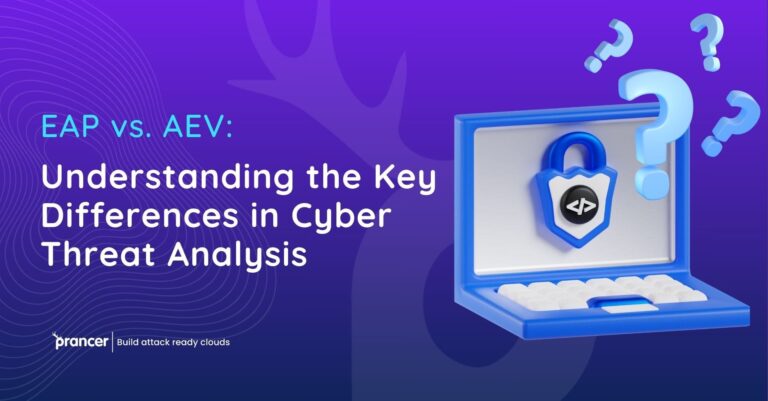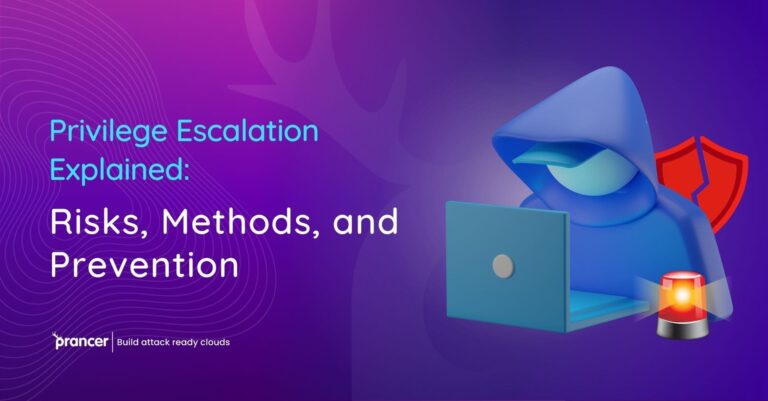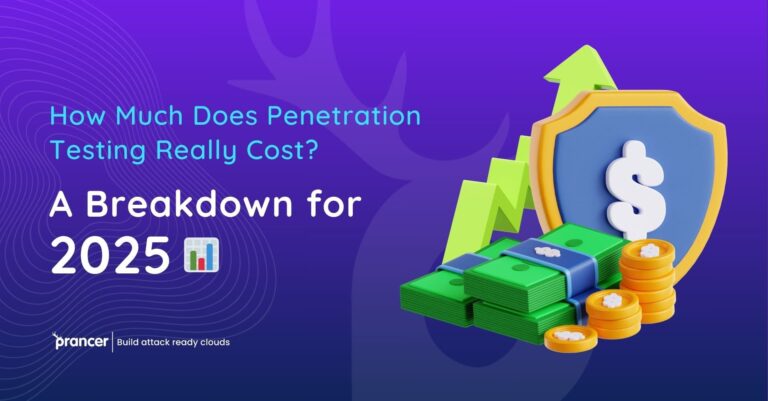




As we traverse the digital era, the relevance of application security continues to gain momentum. With the complexity of technological challenges escalating, the need for automated security solutions is no longer an option but a necessity. At the heart of this evolution, SQL Injection Attacks pose a significant risk, warranting enhanced security measures. Here, Prancer stands as your steadfast ally in combatting these threats, delivering top-tier automated security solutions to bolster your application security.
SQL Injection Attacks are malicious practices where hackers insert malicious SQL code into a query via user input data. These attacks target the security vulnerabilities in your application’s database, threatening the integrity and confidentiality of your data.
The severity of SQL Injection Attacks demands a more advanced, automated approach to application security. Through automated security, repetitive security tasks are performed using cutting-edge tools and software, minimizing human error and freeing your security teams to address more complex tasks. This automation is further enhanced by orchestration, where automated tasks are streamlined into a unified workflow, improving efficiency and effectiveness of your application security measures.
Prancer provides an innovative platform, offering automated security solutions designed to counteract SQL Injection Attacks and fortify your application’s security.
Integrating Infrastructure as Code (IaC) into automated security measures significantly amplifies its potency. Infrastructure as Code (IaC) is a revolutionary IT practice where infrastructure is treated as code, enabling automation of infrastructure management, making it an integral part of application security.
Infrastructure as Code (IaC) allows for the application of automated security controls at every stage of infrastructure setup and maintenance, ensuring continuous monitoring and adjustments for fortified application protection. Standardization of environments and version control, facilitated by IaC, minimizes inconsistencies and discrepancies that could lead to security vulnerabilities. This also accelerates the onboarding of new environments and services without jeopardizing application security.
For successful application of Infrastructure as Code (IaC), it’s essential to incorporate it into Continuous Integration and Continuous Delivery (CI/CD) pipelines, a core part of the DevOps philosophy. These pipelines provide a reliable, repeatable process for code development, testing, and deployment, playing a crucial role in enabling real-time application security checks and alterations.
Prancer‘s cloud validation framework is designed to work seamlessly with your CI/CD pipelines, ensuring the application of automated security measures at every step, and providing robust defense against SQL Injection Attacks.
As we advance into a new digital age, the importance of automated security, Infrastructure as Code (IaC), and DevOps cannot be understated. They represent a significant paradigm shift in application security, aimed at increasing efficiency and efficacy, and better preparing businesses to secure their applications in an ever-evolving digital world.
In this transformative journey, Prancer serves as your trusted partner, providing a dynamic platform to bolster your application security through automation. With a focus on combating SQL Injection Attacks, Prancer commits to delivering robust, automated security solutions that are tailored to meet your unique needs, setting the stage for a secure digital future.
